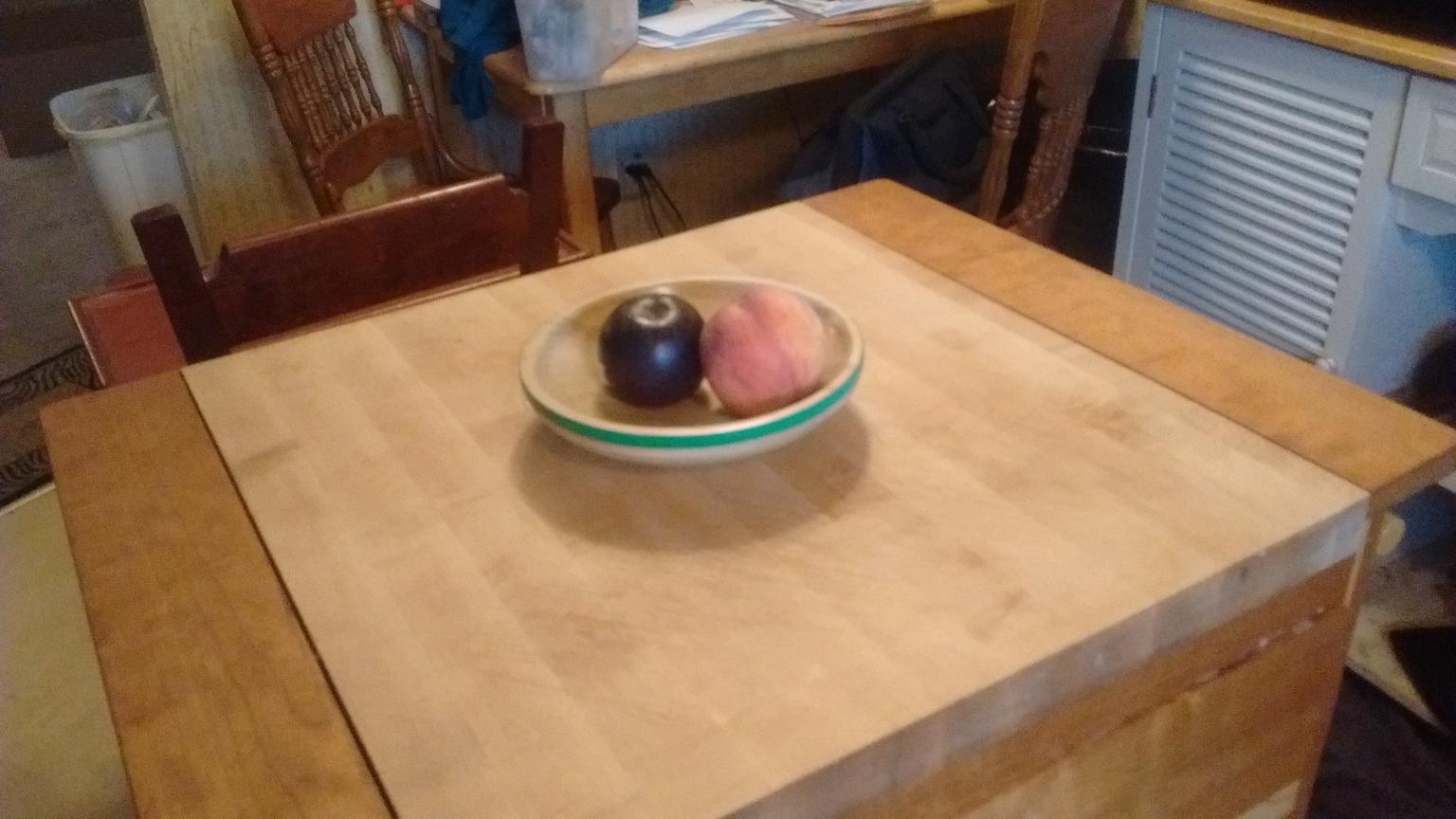Search the Community
Showing results for tags 'shellac'.
-
It amazes me how shellac can transform a box into a beautiful gem. A simple pine box. All done with hand tools. I used a LV backsaw, chisels, moulding planes that I have made, and a smoothing plane. The hinge is a flush invisible hinge. Corners are dovetails. Before My beautiful elixir (shellac) I buy shellac flakes from Lee Valley and mix up my own. Usually a 2lb cut. After (the complete finished shellacked beauty!!) Thanks for looking!! Cheers! MrRick
-
A common fix I had to do was removing a blush from finish caused by water. Often a glass, flower pot, etc. would leave a white mark. This was probably one of the most severe I ever did. It was summer time and the barrister's bookcase was in a moving van, wrapped in a moving blanket and there was a leak in the van. The owner did not want to have to have it refinished (watched too much Antiques Road Show, apparently). I started off with my usual, a white ring remover cloth. It was working, but it was going slow because of the extent of the damage. I had guessed because of the age, it was a shellac finish. So I dampened a cloth in denatured alcohol (the solvent for shellac). Light "touch and go" padding of the surface almost immediately restored the finish.
- 7 replies
-
- water mark
- blush
-
(and 4 more)
Tagged with:
-
The same friend that gave me the nesting table to repair gave me a chair to take to the furniture bank. It needed some help. It had been "sitting in the attic for a while." Seat was a mess and bird poop over many spots. As an aside, I think this is the first piece I've ever worked on that had a wipe-on stain and not just a spray on toner, given the marks on the bottom of the seat base. Procedure: Take off set cushion Clean with naptha, then soap & water The finish had deteriorated around where the hands would be on the arm. This happens with exposure to body oils over time. I tried to clean up, but no luck, so It got sanded off. The upper back was salvageable with a cleaning and light sanding. Apply a coat of shellac to seal over most of the areas. Apply aerosol toner (lacquer with color in it) in dark and extra dark cherry Apply clear lacquer as a top coat Flip the top of the padding over and add several layers of polyfill padding Reupholster the top with new fabric Reattach the seat Before: Atter seat removal and sanding arms New upholstery on seat Finish repairs All done
-
I did this bowl from a piece of maple. The wood grain is very slight, so I thought about playing around with some colored dyes on the outside then finish with lacquer. I’ve never used any dyes before so I have a few questions and advise from those who have experience. I’m looking at the Mixol pigment , my thought is I could mix it with denatured alcohol to blend the colors or (plan b) go with a solid color and mix it with shellac. any thoughts or advise?
-
Some of you know that I am building a tool chest. I live in Virginia and winter is fast approach it. We are getting nights in the mid thirties to low 40s now. I would like to finish and by that I mean put a finish on this chest when I'm completed with it. That's going to be another couple weeks at the most. I had planned to use polyurethane. It is pretty much my go-to finish for anything other than musical instruments. But I have a three-fold problem. First of all it's going to take a bit of extra curing time in cooler weather for the polyurethane to dry. Second of all I'm going to have to store it in my shed. No temperature control. So it's a dovetail box held together with Tite Bond. Made from pine. Can that box withstand low 30s temperatures for a couple of weeks? I know that polyurethane only really takes about 3 to 5 days to fully cure, but my wife has a very sensitive repeat that very very sensitive nose. She also has cerebral palsy and it's not just about a dislike of smell, but sometimes really hard pungent or heavy or chemical type smells will throw her into seizures. Even things like the little car freshener Christmas treats things like that. And so I have to leave that in the shed until it is dry and completely cured. My other option is not to finish it at all and wait until winter is over. But I will be carrying it in and out of the house to the back yard where I do woodworking in the meantime. It's going to get dirty and nasty because I'll be working out of it. I would rather not do that. But I work in the wintertime out back on my bench as long as the snow and everything else allows me to do it, even in cooler temperatures. So I need a solution. I need to know if the box will withstand possibly freezing temperatures, I need to know if I can go ahead and use the polyurethane and give it that time or if I need to go to something else. I was considering shellac because you can pretty much throw it under any kind of finish, and I could shellac the box and it would be semi-protected at least until springtime rolls back around. But I do not know how long it takes for shellac to dry so that it has very little smell. It might be the same situation. Any type of advice that you can give me is more than appreciated. Thank you
-
Lots happening this past week! Our Patriot Turners- @keith long stopped by to say "Hi". He is busy with life and doing well. He had some questions about lathe parts. Check out his post and see if you can add to what has been said- Keith also had a question about what wood species would be best for making duck calls. If you make them or know what would work best, maybe you could help him out- @kreisdorph resurrected an older post about bowl drying. He added some great additional information. Check out the entire thread here- Kent also gave us a nice review on a book for identifying wood species. Thanks!!! @Gerald is recovering from knee surgery and snuck back into the shop to work on some projects. Hope he got back into his recliner before the Mrs. got home See what else he did at- Our "What's On Your Lathe" thread continues to generate awesome projects. @kreisdorph, @teesquare and @RustyFN showed us some fantastic work. Start here to catch up on all the projects- @StaticLV2 continues to work on his segmented turnings He posted this one in the "What's On Your Weekend Agenda" And, from our "OFF The Lathe and Finished' thread- @kreisdorph and @RustyFN posted some gorgeous turnings. Catch up with all these items here- What’s Coming Up- Click on the images for links to registration and more information- For The Newbies- Ask ten turners what is the best finish and you will likely get at least 15 different answers. One finish that often mentioned is shellac. This video from Kent Weakley explains why shellac is appropriate. This is the link to his article on shellac and how to mix it- https://turnawoodbowl.com/make-shellac-wood-bowl-finish/ Turned wooden boxes make nice gifts. Sam Angelo demonstrates turning one from start to finish. Looks like Sam needs to turn the heat up in his shop. I don't endorse wearing gloves, but that's just me. Craft Supplies USA has a step by step video on turning a pepper mill. Expand Your Horizons- Richard Raffan demonstrates turning one of his signature scoops. Awesome skew work and check out the shop made, lathe mounted sanding disc. Lyle Jamieson provides tip for preventing vibration when turning finials New Turning Items- Ron Brown has a new parting tool to use with his "Bowl From A Board" jig- Everything Else- This past week, in another Patriot forum, there has been a very informative discussion on liability for the stuff we make. This video, from Alan Stratton, addresses some of the regulations for a specific item. Safe turning
- 5 replies
-
- baby rattle
- safety regulations
-
(and 35 more)
Tagged with:
- baby rattle
- safety regulations
- alan stratton
- parting tool
- ron brown
- wednesday
- wisdom
- woodturners
- question
- lathe part
- duck call
- bowl drying
- book
- wood identification
- hollowing
- bowls
- bowling ball
- segment work
- natural edge
- square platter
- veneer
- ring box
- todd raines
- zoom sharing
- cindy drozda
- vendor showcase
- mid atlantic symposium
- shellac
- kent weakley
- sam angelo
- turned box
- craft supplies usa
- pepper mill
- richard raffan
- scoop
- lyle jamieson
- vibration
-

Resaw Clock, 2nd coat of Shellac
steven newman posted a gallery image in Small Crafts, Boxes, Picture Frames, and Lighting
From the album: Mantel Clock
-
Missed last weeks post so this one will be have a little extra. Our Patriot Turners- @nevinc posted a couple of projects he has been working on. First, a neat little table item that would be useful in any kitchen- Nevin combined woodworking and turning to complete the project- He also posted a question and his method of storing sawdust from various species of wood he uses as fillers. He was wondering what storage method the rest of us use for storage. Check out his post and let him know your method- And, Nevin showed us some beautiful walnut bowls he had finished- He received lots of positive comments in his post- @Steve Krumanaker has been busy fulfilling orders to some of the artisans in his area. He has been working with one who sells "Bee Products" for whom he make honey dipper lids. Steve posted a couple of short videos on how he has upgraded his manufacturing process. Steve is also making drop spindles for another craftsperson. These are used in the process of turning wool into yarn. He developed a neat jig to create shop made dowels for part of the pieces. In this post, he explains why he made the parts instead of buying them- @Gerald added a project to our "Off The Lathe And Finished" thread. These beautiful ornaments got lots of great comments and a couple of questions as well. Head on over to the thread and check out more on these- Gerald was also kind enough to provide links to videos on sharpening. I must apologize for not recording who asked the question on sharpening. Gerald had entered the AAW August Turning Challenge and provided us with the link to the voting and winners- https://www.aawforum.org/community/threads/august-2023-turning-challenge-final-results.21511/ @KevTN Asked for help identifying a specific pattern for the rim of a platter. Our turners had several suggestions. If you can identify this patter, please help out Kevin- @RustyFN has a gorgeous spalted bowl on his lathe! What’s Coming Up- Cindy Drozda is live tomorrow- Thursday, October 12 at 2pm EDT. She will be discussing how do you protect your eyes, ears, and lungs in the workshop. For registration, follow this link- https://streamyard.com/watch/PsF54zh7XSVb For The Newbies- Kent Weakly's video on what tools are not suitable for bowl turning- Carl Jacobson makes an oak lidded box. Notice that Carl uses both traditional and carbide tools to complete the project- A simple bowl turning to use as a succulent planter from Craft Supplies USA From Tim Yoder on choosing your sandpaper Richard Raffan demonstrates how to make your turned bowls look really top notch by refining the bottom. Expand Your Horizons- Several articles from Kent Weakley on bowl finishes. https://turnawoodbowl.com/my-favorite-food-safe-wood-finish-waterproof-almost/?ck_subscriber_id=1577117793 https://turnawoodbowl.com/make-shellac-wood-bowl-finish/?ck_subscriber_id=1577117793 https://turnawoodbowl.com/spray-lacquer-illustrated-guide-equipment-system-set-up-technique/?ck_subscriber_id=1577117793 Jim Rodgers continues his series on hollowing- Alan Stratton posted this video on YouTube. It reminded me of a similar project that @Gerald had shown us sometime back- The Four Ways videos from the first of the month- Mike Peace- Richard Raffan- Sam Angelo- Tomislav Tomasic- New Turning Items- From Niles Bottle Stoppers- https://nilesbottlestoppers.com/product/cocktail-muddler-set/ From Woodturners Wonders- Diamond wheels for both bench grinders and Tormek grinders- https://woodturnerswonders.com/collections/diamond-wheels?_kx=gV5SF2As_3IwtBi5TrpHVQM0F3UvGVbQKzhWGippDlk%3D.VJvU8R Everything Else- From Ron Brown's Newsletter- When you share the joys of your craft with someone who has never seen shavings fly off a fresh bowl blank or get to watch a spinning top appear in just a few minutes, you might change their world. A small pebble can create a world of ripples. Members of our woodworking club have attended county fairs, woodworking shows, and symposiums which always included live demonstrations. Why? Most people can’t visualize what we do. I’ve seen people become fascinated with turning after they made a simple maple or oak pen at one of these events. I’ve seen their entire family get interested and turning became their family hobby. They’ve planned family trips around turning shows and symposiums along with week-long hands-on learning at folk schools. I’ve witnessed folks buying their first mini lathe and accessories then go on to develop a lifelong passion for the smell of freshly milled lumber and the shavings from another bowl blank. The benefit to you of doing something like that is they bring their non-turning skill sets from their regular jobs, i.e. management, leadership, and organizational skills. Many have become club officers including President. One such fellow served three terms and on a personal note, became my dentist until he retired. We’ve seen lawyers, engineers, business executives, moms, teenagers, pastors, and doctors get the turning bug all because they saw a turning demonstration at a craft fair or other public event. I’ve told the story many times of how I attended a two-hour club demonstration in a cold dark basement one Saturday between Christmas and the New Year. Nick Cook made a top, a garden dibble, a honey dipper, a toothpick holder, and a mahogany plate plus some other things I don’t remember. One couple thought that was terrific and booked a day's instruction with Nick. Then they started a turning club, then I attended, then I got hooked. Now I make a great living inventing and offering turning accessories to the turning community worldwide. During the thirteen years I was on the Woodworking Show Circuit, I was able to demonstrate turning in front of over a million people. That’s a pretty good ripple! Thank you, Nick Cook. In order to cause the ripple, you have to toss the stone in the first place. I would encourage you to invite someone to a club meeting or over to your shop for an hour or two for coffee and to make some shavings. You never know how big that ripple might become Safe turning
- 4 replies
-
- tomislav tomasic
- sam angelo
-
(and 42 more)
Tagged with:
- tomislav tomasic
- sam angelo
- mike peace
- 4 ways
- platter
- alan stratton
- hollowing
- riichard rodgers
- lacquer
- shellac
- finishes
- kent weakley
- bowl bottom
- richard raffan
- tim yoder
- sandpaper
- craft supplies usa
- planter bowl
- carbide
- tradition
- dangerous tools
- carl jacobson
- ppe
- safety
- tool talk
- cindy drozda
- spalted
- pattern
- question
- tool sharpening
- stands
- ornaments
- drop spindle
- honey dipper
- walnut
- bowls
- dust storage
- napkin holder
- woodturners
- wisdom
- wednesday
- niles stoppers
- woodturners wonders
- ron brown
-
Walnut bowl finished with Walnut Oil. Pau Rosa square bowl finished with Tung Oil. Purpleheart bowl finished with Shellac.
- 21 replies
-
- purple heart
- pau rosa
-
(and 3 more)
Tagged with:
-
Recently, I decided to check into shellac as a finish. I watched a few YouTube videos to get an idea of the process, and, after a quick Amazon search and purchase, a variety pack was on the way. I then mixed up a two pound cut of the blonde flakes and looked about for a project. As luck would have it, the parts for my Benjamin 392PA air rifle arrived and after changing the valve and some o-rings, I decided to refinish it as well. So, I removes the stock and began to sand......and sand.........and sand. Progressed from 80 grit to 120 grit and finally liked the results. A big difference from the varnished version. During the process of applying eight coats of shellac, I learned quite a few tidbits: 1) Shellac dries quickly, 2) The first coat of shellac raised the grain more than I thought it would. 3) Layer the shellac to get the desired type of finish (matte, shiny, etc.) instead of trying to do one or two thick coats. 4) Paste wax really helps to bring out the shine and should provide a little more protection. The shellac finish feels really good in the hands and gives a warmth to the wood that the varnish just covers up.
- 11 replies
-
- denatured alcohol
- alcohol
-
(and 3 more)
Tagged with:
-
I had a bowl that I tried to put a poly finish over wax and it came out very bad. I sanded it back down and am redoing the finish without the wax.
-
Would someone please explain the reason(s) for applying shellac then a coat of polyurethane.
- 16 replies
-
- polyurethane
- shellac
-
(and 1 more)
Tagged with:
-
A good article on the subject. FWIW, Mitch has taught finishing and touch up at a place in Minnesota for many years. One of the touch up teachers I had with Mohawk was trained by him. I really had to chuckle at the opening line (Reminded me of Steve Mickley's "polyoneverythane" line) Recently I was asked to judge a woodworking show. One of the best pieces was a wonderfully constructed grandfather clock. Unfortunately, a quick brushing of polyurethane ruined the clock’s appearance. The clock’s creator said he chose polyurethane for protection. But how durable does a coating on a grandfather clock have to be? Why put a finish originally designed for floors on a beautiful clock? Tips For Using Shellac Popular Woodworking.pdf
-
A good article on shellac. The author is a long time instructor at a finishing school. I smiled at his comment, do you really need poly on a jewelry box or clock? What he does not mention is that Bullseye (except for the aerosol version) is a waxed shellac; Seal Coat is dewaxed. This is important if you plan to put another finish like varnish or water-borne on top -- you want a dewaxed version. https://www.popularwoodworking.com/finishing/brushing-shellac-2/?utm_campaign=PWW - NL - Sunday Newsletter&utm_medium=email&_hsmi=203011645&_hsenc=p2ANqtz-8LBuwuA9TOYf3kNNTlzTPXPNFTJmfwXUX_eEwDO3ix4qRa0pqSJ8LQZVJmApD4gcLcGnPTKgLqTvrPYfTazFWMvF-pGS9QMYDfV1k8_RwPePqkjHM&utm_content=203009238&utm_source=hs_email#
- 4 replies
-
- shellac
- finishing school
-
(and 5 more)
Tagged with:
-
Having just brushed on coat #3 of shellac onto the Spokeshave case...was wondering IF I could do a top coat of Clear Gloss Poly over that...?
-
A good intro to buffing finishes and how various finishes differ. This is by Jeff Jewitt, wood finishing author, operator of Homestead Finishing, maker of Transtint and TransFast dyes, and now guitar maker/finisher. This would be useful if you are doing a high gloss finish and would be helpful for turners.
- 2 replies
-
- jeff jewitt
- buffing
-
(and 3 more)
Tagged with:
-
Cutting, shaping, joinery, glue up and assy I can get that. If I mess up I just make another piece. But when all of that is done after maybe 50 hours of work and it is sitting there awaiting finish - I freeze. One mistake here and the entire project can turn into $250 in hard wood and 50 hours into tragedy. Am I mental? This is of course not at all out of the question. Is this typical or is it just me. Spray on - wipe on - brush on. Poly, oil, shellac, varnish, stain, polyshades. Uneven finish, runs, streaks. At times it feels like I am in a zombie movie and all of these issues are out to get me. So, I sit and look at the project in all of its unfinished glory and the more I look at it the more it seems it is looking at me and waiting.
-
Often people beginning struggle with finishing. They find one that usually works, then use that one on everything, whether it's the best fit or not. Sort of like using the same tool for every operation. In fact some non-woodworkers tend to think of every finish as "polyurethane" (I've had customers say this to many times about their factory furniture.) https://www.woodmagazine.com/woodworking-tips/techniques/finishing/3finishes
-
I don't start many new posts here, but this one struck me as important enough to do so. I guess Kali is moving to eliminate DNA.
-
I have missed a few Throw Back Thursday's simply because I didn't have anything that I had picked up lately with enough information to share with you all. But today I have a little information to share with you about a product you may use and if you don't, you may want to consider it. Shellac. As I am sure most of you know Shellac has been around and used by ancient Chinese and Indian civilizations for a long time. They used the dye extracted from lac fro dyeing silk and leather and as a cosmetic rouge and a coloring for head ornaments. In the 13th century, following the historical journey of Marco Polo ot the Orient, Shellac and its by products began making its way into European commerce and industry. Dating back as far as 1534 there are accounts that describe the cultivation, harvesting, processing and use of lac in extraordinary detail. Shellac resin, shellac dye and shellac wax we used with increasing frequency by the mid 17th century by painters to provide a protective finish. It wasn't until the mid 19th century that shellac was commonly used as a clear finish. The rich reddish purple colorant was highly prized and much sought after by the textile trade in both Europe and America since is was an excellent substitute for Cochineal, a dye imported from Spanish Colonies in Mexico. Henry Perkins, an English Chemist, in 1856 succeeded in synthesizing a mauve-colored dye from an aniline derivative of coal tar. This discovery changed the future of the Shellac industry forever. Production plants began springing up throughout Europe and Germany. They soon developed a reputation for the finest shellac manufactured in the world. Efforts were also underway to produce a colorless shellac William Zinsser, a bleaching foreman in Germany, confident of his technological skills and convinced that a good market for bleached shellac either existed or could be created in the United States, moved his family to New York in 1849. He settled in Manhattan on West 59th Street and setup a workshop in a building next to his home and began to bleach small quantities of shellac and sold it to fellow immigrants. From this humble beginning arose the first Shellac Bleachery in the United States. The production grew from a few pounds per day to thousands of gallons by the turn of the century. At this point Zinsser shellac was sold to vendors who packaged the product under their own label and name. In 1908 one of Zinssers' sons took over the company and began packaging their shellac under the Bulls Eye label. By 1920 there were several other manufactures of shellac in the U.S. The next eighty years witnessed a veritable explosion in the commercial applications of shellac. It was used extensively as a binder in the manufacturing of gramophone records, shoe polish, felt sizing for men's hats, hair spray, floor wax, pharmaceutical, candy (shiny coating on M&M's), printing inks, adhesives, grinding wheels, paper and foil coatings and electrical insulators. From the mid 1960's to the early 1990's shellac seemed forgotten by everyone except those who manufactured it and the contractors, hobbyists, and knowledgeable devotees who used it. All of the makers of shellac were out of business or existed as subsidiaries of the one remaining manufacture: William Zinsser & Co. While out doing a little Patriot Picking, I found this gallon can of Bulls Eye "Z" Shellac that is full and unopened. This is a vintage Zinsser can as it was before UPC codes were put on products. The "Z Bulls Eye Brand" Trademark was first used in 1/1/1913. Zinseer filed and registered the trademark 3/23/1965 and it expired 6/23/1985. The first UPC marked item ever scanned at a retail checkout was at Marsh supermarket in Troy, Ohio at 8:01 a.m. on June 26, 1974 and was a 10-pack (50 sticks) of Wrigley's Juicy Fruit chewing gum. The shopper was Clyde Dawson and the cashier Sharon Buckanan made the first UPC Scan. Patriot Picking on Throw Back Thursday!
-
https://www.canadianwoodworking.com/tipstechniques/shellac?utm_source=Canadian+Woodworking+Newsletter&utm_campaign=110acee0ab-EMAIL_CAMPAIGN_2018-08&utm_medium=email&utm_term=0_490231050d-110acee0ab-78334825
-
I like to do shellac from flakes and have a couple bags (blonde and garnet) since 2014 or thereabout. Needed some garnet so set to make a 3# cut for about 3 oz. After 1 day the mix instead of having a clot of shellac in the bottom was like a suspension , not foamy but looking like that. The alcohol was from an old can or bottom of old can. Had this happen once before with the blonde but the next time it worked fine. Anyone know what is going on?
-
Finally got back on my lathe. When my daughter saw this fruit bowl I had made for my wife, which I posted on back in October, she wanted something similar. This is what I came up with for her. It started out as four pieces of 8/4 poplar. I edge glued two pieces together, then edge glued the other two pieces together, then face glued those two chunks together to make a big blank. I wanted to try my hand at making a bowl that was pretty much at the maximum diameter allowed for my lathe. With that heavy of a blank, I was a little wary of it flying off the chuck. I screwed on a face plate and turned the bottom and the chuck mortise, then mounted it on the chuck, and turned the inside very gently until I had removed some of the weight. Finishing was a coat of Bullseye Sealcoat sanding sealer, followed by a coat of amber shellac, and then three coats of spray lacquer. I haven't given it to her yet; I hope she likes it. I turned it with a combination of Easy Wood Tools, and a traditional 3/8" bowl gouge I purchased from a gentleman on this site. This is my fourth bowl. Thanks for looking.
-
Hi all I am finishing a pine door with a medium brown water based dye, then two coats of shellac then water based poly. My problem is the dye on hardwood always colors everything evenly. The Pine is not acting that way. It seems to have some issue. When dyed it is even and uniform. But by the time the first coat of shellac is put on with a brush or foam brush the dye is not uniform. Would I be better off spraying the shellac? If so the alchol is quite flamable and I need to turn off the water tank and furnance. When I get home I will upload some pictures. My very kind spouse says she likes the variation. This is my first endevour with a closed cell softwood.
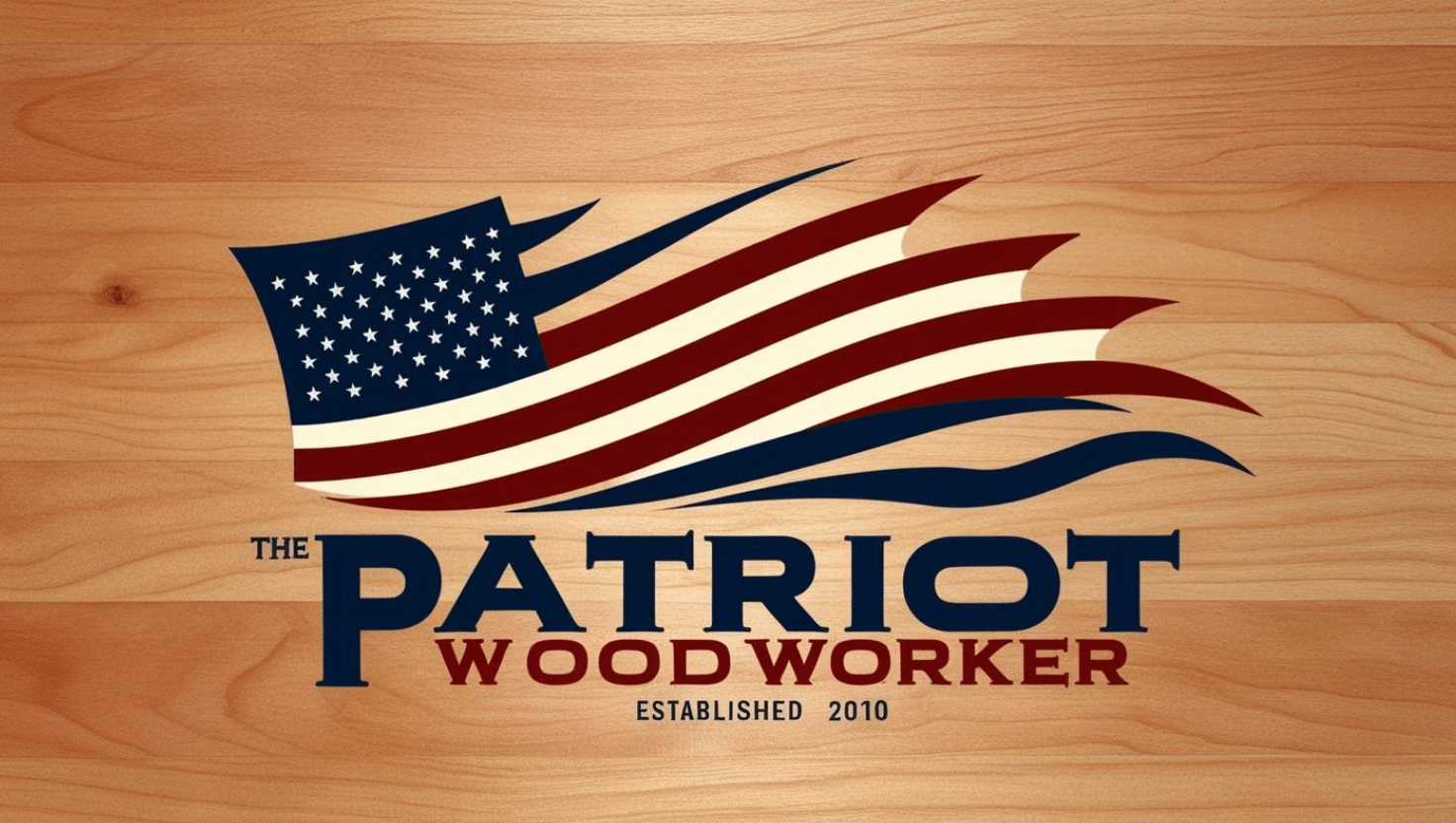

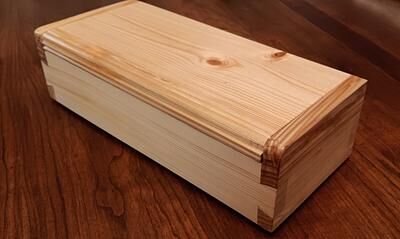
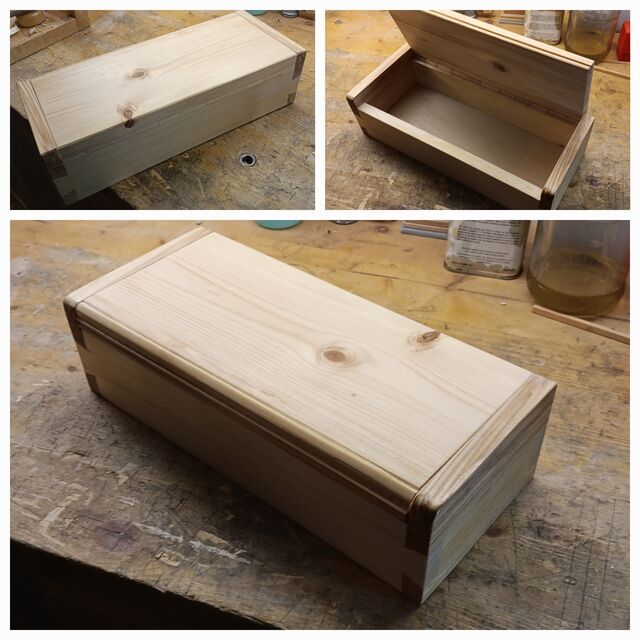
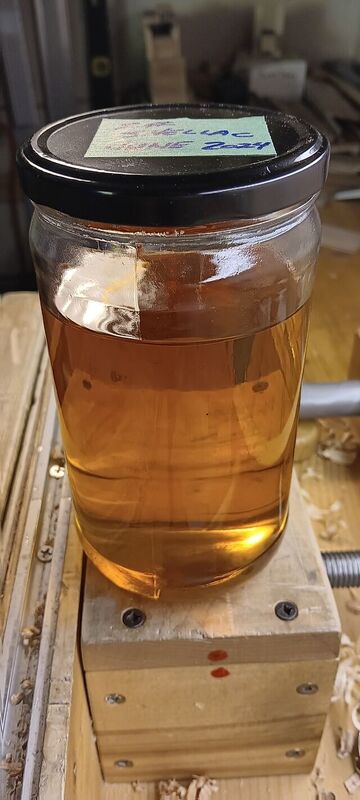
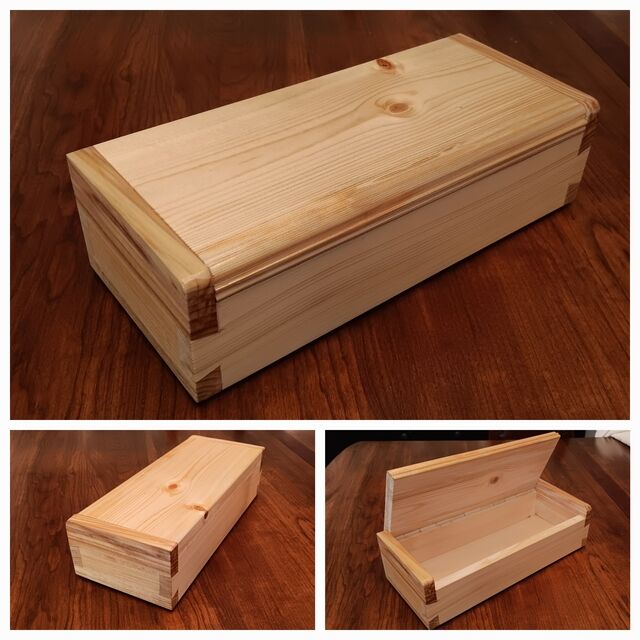































.png.412cfc6ee24db21f58cce132992ccf08.png)


-.png.f849b758464fd3a37baa1e9bface1e04.png)

















